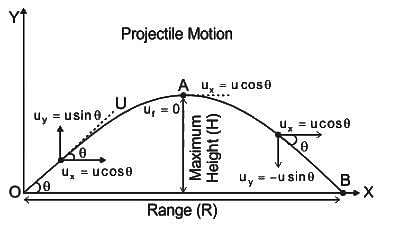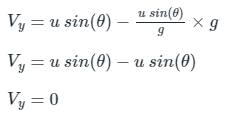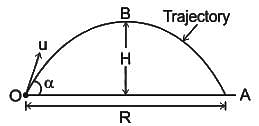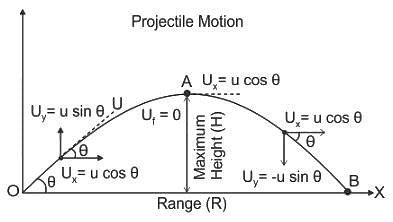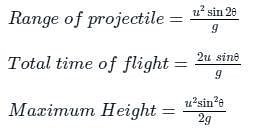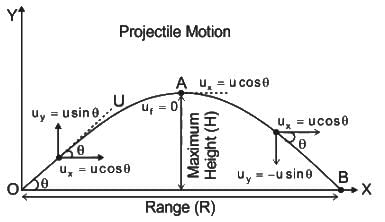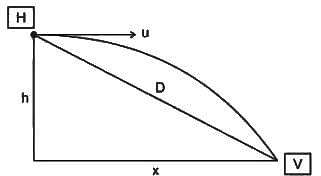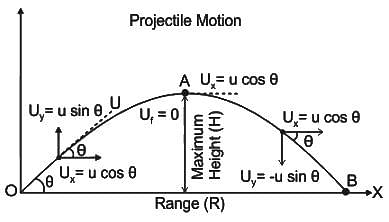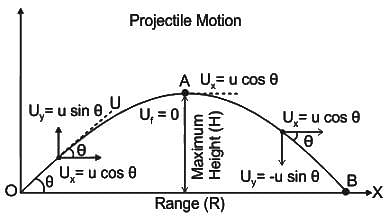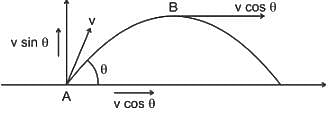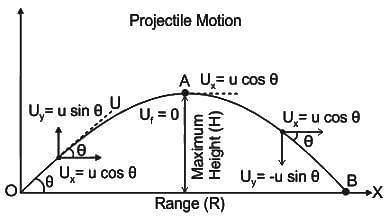Test: Projectile Motion- 2 - EmSAT Achieve MCQ
10 Questions MCQ Test Physics for EmSAT Achieve - Test: Projectile Motion- 2
If a projectile is thrown with velocify u at an angle θ with the horizontal, then the velocity at maximum height during the projectile's motion will be:
The path traced by a projectile in space is knows as _______.
| 1 Crore+ students have signed up on EduRev. Have you? Download the App |
To take the longest possible jump, an athlete should make an angle of _____
The direction of projection for the range of a projectile to be maximum on an inclined plane having angle of inclination 30° to the horizontal should be
Two bodies A and, B are projected upwards such that the velocity of A is double the velocity of B. Then, the ratio of heights to which body A and body B will rise is
A projectile is fired at an angle of 30° from horizontal with a speed of Vo m/s. The maximum height attained by the projectile is
A particle is projected with velocity u at an inclination θ with the horizontal. Then Maximum height (H) attained is
shell is fired from a cannon with a speed ‘v’ at an angle θ with the horizontal direction as shown in the figure. At the highest point in its path, it explodes into two pieces of equal mass. One of the pieces retraces its path to the cannon. The speed of other piece immediately after the explosion is
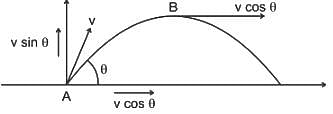
A particle is projected at an angle θ to the horizontal and it attains a maximum height H. The time taken by the projectile to reach the highest point, of its path is
|
208 videos|230 docs|191 tests
|
|
208 videos|230 docs|191 tests
|


